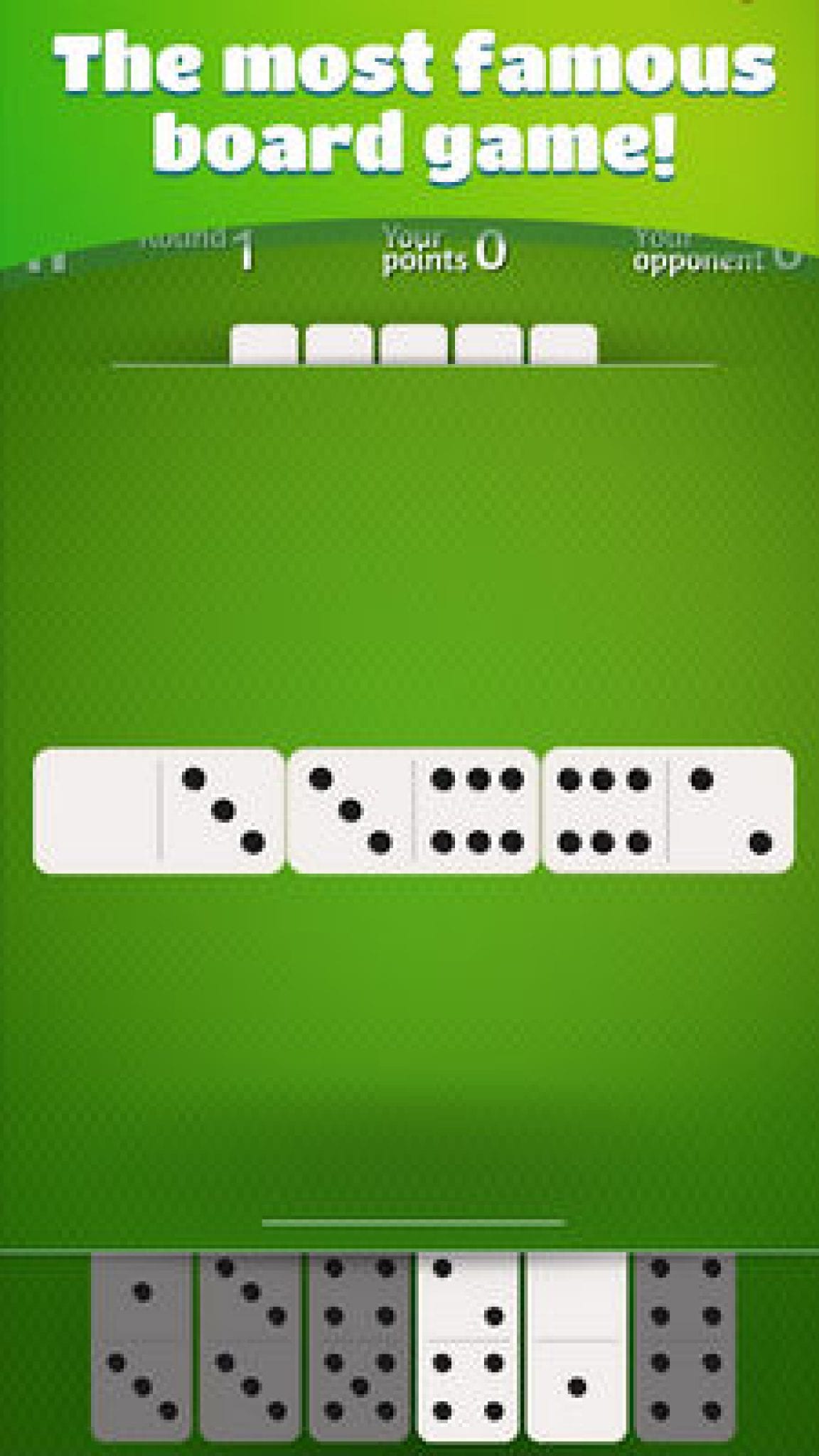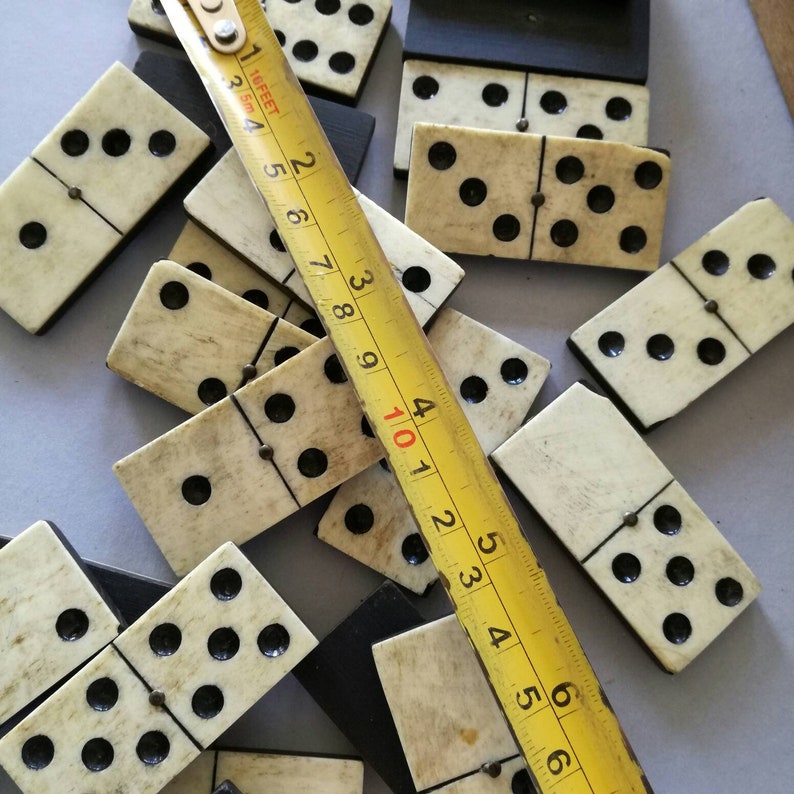

If they are having to add numbers in order to win games, or even just to keep score, they practice their math skills without even realizing it. Regal Games - Premium Double 12 Mexican Train Dominoes in Collector’s Tin - Colored Dot Dominoes Game Set, Family-Friendly - 91 Tiles, 4 Metal Trains, Wooden Hub - 2-8 Players Ages 8+ 4.7 out of 5 stars 5,676. I say amazingly ' because, in researching domino game names and rules for this book, I found very many different variations to many different variations. People don't realize how effective games can be to teach kids about different concepts. This is especially true for younger children, but older ones can benefit from them as well. This teaches them strategies in quick addition, as well as potentially leading them into multiplication if you do it well.Ī dominoes set is really good equipment for teaching children about numbers. The aim of this is to flash several tiles quickly and get the students to tell you how many dots there are altogether. That helps kids with their memory skills, but you can also make it a bit more relevant and get them to count the numbers before they can officially match the two tiles.Īnother way to use dominoes is with what they call a "quick image". We never had that many though, so unfortunately I was a bit limited when it came to making patterns.Īugust 19, - Really, one of the most simple games people can play with dominoes is a game of matching, where you have all of them face down and have to match the tiles together in order to turn them over.

I didn't even realize there was another purpose to dominoes, although it's kind of obvious they don't need those dots on them to use them for the domino effect. I used to love setting up dominoes to knock them down when I was a kid. Variations of this dominoes game include Chicken Foot and Private Train, where players are required to create specific forms when playing their tiles. Rounds continue until all players except one have been eliminated. The first player to reach that number is out of the game. There are usually a set number of points to reach, such as 101. The player with the most points loses the round. If all players have tiles left, the number of dots in the pieces are counted. The player that has no dominoes left in his possession at the end of the game is the winner. Players keep drawing until no pieces are left or until a match is made.

Players are "dealt" a number of tiles at the beginning of the game, which they try to match to the previous piece played. The most common game consists of players drawing pieces to match the last one placed on the table. There are many different games that can be played with dominoes. The first player to score 100 points wins the game.įor more information on this game and complete set of rules, refer to domino games require that certain numeric combinations, like a multiple of 5, be reached by a tile or set. If both player have same pips count at the end of the round, the round is considered drawn and no points are added to their score for that round. The round also ends in case none of the players have a matching tile to play and there was no tile to draw from the boneyard.Īfter end of the round all tiles are moved to the boneyard and shuffled and then 7 tiles are again dealt to each player.Īt the end of each round, pips are counted for remaining tiles (if any) for each player and player with lower remaining pips count wins the round and difference of the two pips counts are added to the winner's score. The round ends as soon as a player has played all his tiles. If there is no tile left in the boneyard to draw, turn is passed to the next player. That tile must be immediately played and turn should be passed to the next player. The player is required to keep drawing tiles from the boneyard until he finds a tile which can be played. If player can not play a matching tile, he must draw a tile from the boneyard. Player plays the tile by aligning the matching end of his tile to the matching end of the tile sequence in the play area. Mix your opponents between CPU or friends and family in a pass-and-play mode. Play Domino anytime, anywhere against one or three opponents. Next player can play a tile only if he has a tile which matches either of the two ends of the tile sequence in the play area. Enjoy endless fun with this easy-to-play interface. The player with the highest tile (sum of both ends in the tile) plays the first tile in the center.


 0 kommentar(er)
0 kommentar(er)
